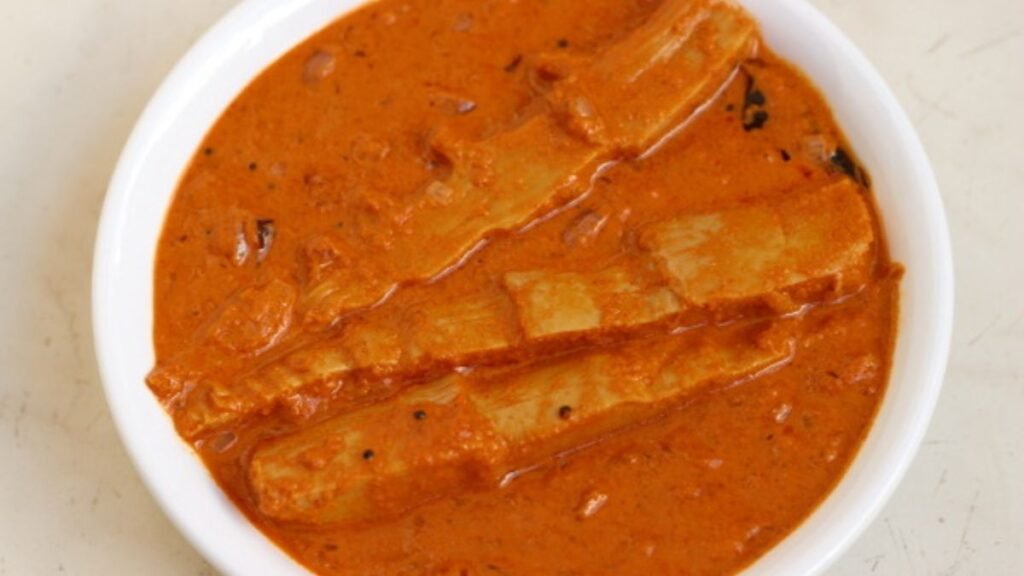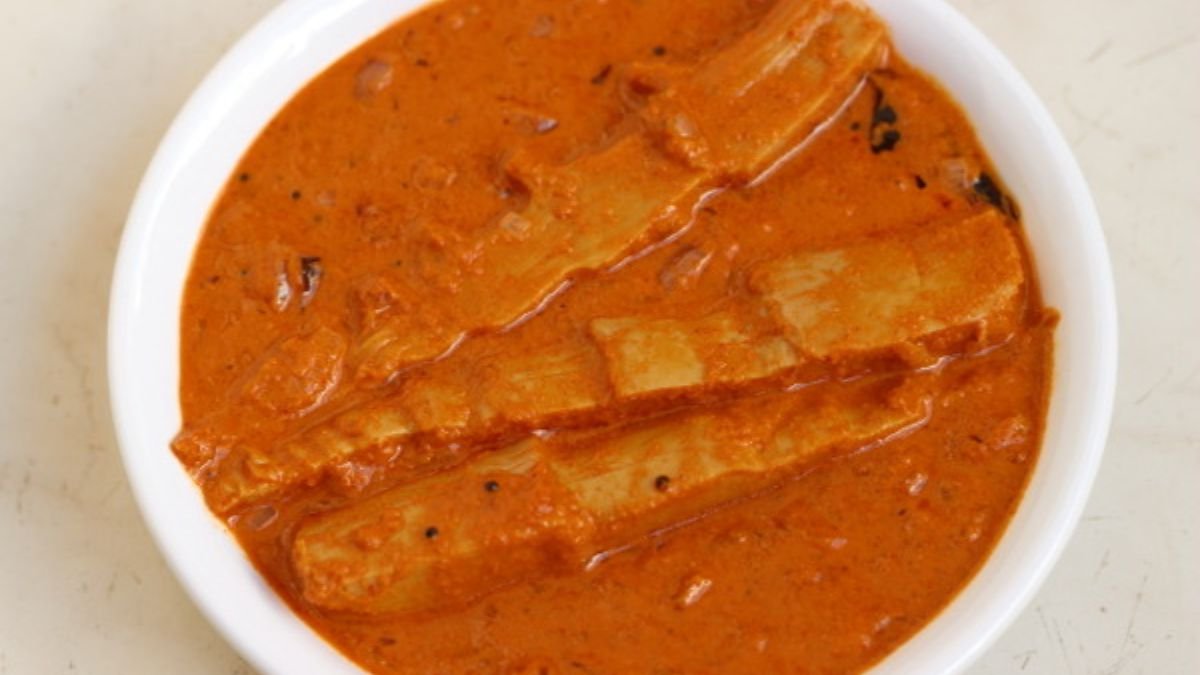Foods In Arunachal Pradesh | Food Culture | 10 Amazing Facts
Arunachal Pradesh is a state located in the northeastern region of India, and it is known for its diverse culture and rich natural beauty. The food culture of this state is equally diverse, with a mix of various cuisines that have been influenced by different cultures over the years.
One of the main features of the food culture in Arunachal Pradesh is the use of local ingredients and traditional cooking techniques. The state is blessed with an abundance of fresh produce, including rice, maize, millets, and vegetables, which form the basis of many dishes. The people of Arunachal Pradesh are known for their love of non-vegetarian food, with a wide variety of meats, such as pork, chicken, and fish, being widely consumed.

One of the most popular dishes in Arunachal Pradesh is the bamboo shoot curry, which is made using fresh bamboo shoots that are harvested from the forests. The shoots are boiled and then cooked with a variety of spices and herbs, resulting in a deliciously fragrant and flavorful dish. Another popular dish is the Apong, which is a type of rice beer that is brewed using locally grown rice and is often served at festivals and celebrations.
Another notable feature of the food culture in Arunachal Pradesh is the emphasis on healthy eating habits. Many of the dishes are cooked using minimal oil and are steamed or boiled, making them low in calories and rich in nutrients. The people of this state also have a strong tradition of herbal medicine and use a variety of medicinal plants and herbs in their cooking.
In addition to traditional dishes, the food culture in Arunachal Pradesh has also been influenced by neighboring countries, such as China and Thailand. This is evident in the wide variety of noodles and rice dishes that are available, as well as the popularity of spicy sauces and dips.
One of the main reasons for the diversity of the food culture in Arunachal Pradesh is the presence of a wide range of ethnic groups, each with their own unique culinary traditions. The Adi people, for example, are known for their love of non-vegetarian food and their use of a variety of spices and herbs in their dishes. The Monpa people, on the other hand, are known for their love of rice and have a wide variety of rice-based dishes, such as Thukpa and Momo.
The food culture in Arunachal Pradesh is also influenced by the state’s geography and climate. The state is located in the Himalayan region and has a cooler climate, which is reflected in the use of warming spices and herbs in many dishes. The state is also home to a wide range of forests, which provide an abundance of ingredients, such as bamboo shoots, mushrooms, and a variety of herbs and spices.
10 Foods Facts on Arunachal Pradesh
- Arunachal Pradesh is the largest producer of kiwi fruit in India.
- The state is home to a variety of traditional cuisines and dishes, such as thukpa, momo, gyapa khu, chura bhaat, and aloo kurma.
- Arunachal Pradesh is also known for its local beers, such as Apong and Zou, which are brewed using fermented rice, millet and maize.
- The state is also famous for its unique tea varieties, such as the famous Papum Pare tea, which is grown in the Lower Subansiri district.
- The state also has a variety of fruits, such as oranges, apples, bananas, pineapples, lychees, and pears.
- The state is also known for its wild honey, which is harvested from the forests and is used in medicinal preparations.
- Arunachal Pradesh is also home to a variety of medicinal plants, such as Dioscorea, Echinacea, Asclepias, and Rauwolfia.
- The state is also known for its local snacks, such as churpi, a hard cheese, and pika-pika, a type of roasted corn.
- The state is also known for its finger millet, which is used to make a variety of dishes, such as roti, chapatis, and upma.
- The state is also known for its traditional dishes, such as thukpa, momo, aloo kurma, and chura bhaat.
In conclusion, the food culture in Arunachal Pradesh is a reflection of the state’s diverse culture and rich natural resources. It is characterised by the use of local ingredients, traditional cooking techniques, and a focus on healthy eating habits. The state’s diverse ethnic groups and varied geography also play a significant role in shaping its food culture, resulting in a rich and varied culinary landscape.
Follow Bakaasur For More …

